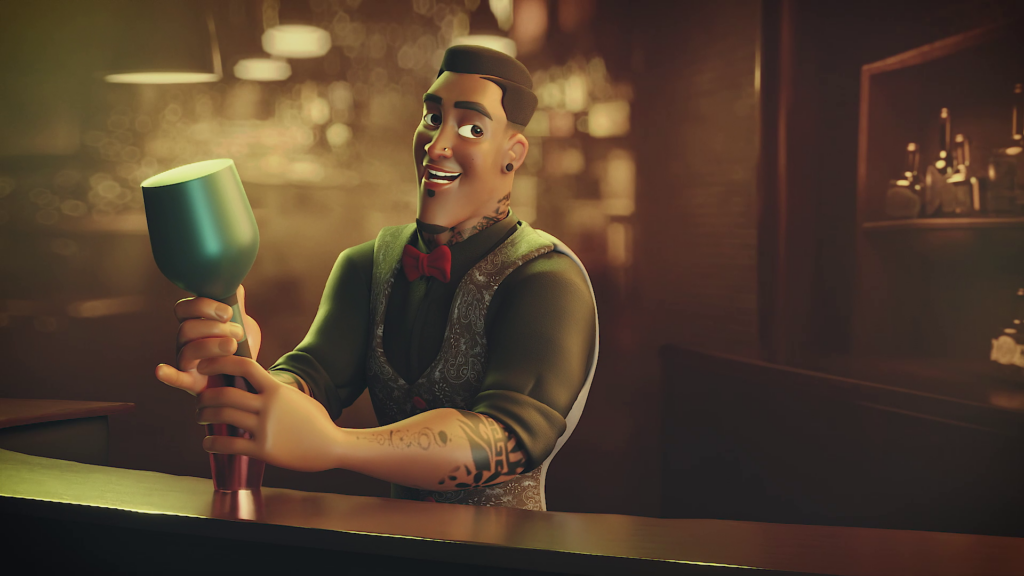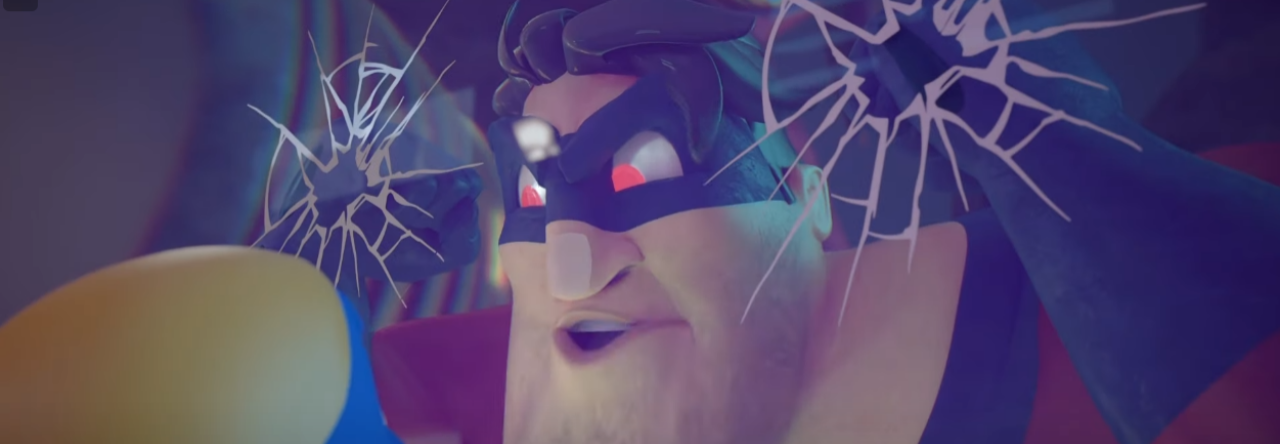
Appeal is often a misunderstood term in animation. It doesn’t just mean creating a cute, cuddly, and beautiful character. Any character can and should be appealing, from heroes to villains.
Appealing animation is what keeps you watching, whether it be good or evil, beautiful or gruesome. Appealing animation captures your attention and hooks you into a scene.
What is appeal?
Appeal is the ability to attract, interest, amuse, or stimulate the mind or emotions. Appeal is subjective.

2024 AnimSchool Student Showcase – Carl Nyasore

2024 AnimSchool Student Showcase – Leticia Lozano

2024 AnimSchool Student Showcase – Seyed Tabatabaei
To help understand the nuances of appeal in animation, AnimSchool Instructor, Matthew Sheppard, has come up with an easy-to-remember and easy-to-navigate acronym, CRAISINS:
- Complexity: used to support area of interest, or draw/lose attention to create clean contours/silhouette/shapes; think about what is competing for attention
- Readability: clarity and legibility of the pose – potentially going beyond the accuracy within the 3D space to ensure the pose is effective
- Asymmetry: weighting the face and body to support the line of action; using the “wedge” properly (opening up the character towards the action/who they are speaking to)
- Intent: is the intention of the pose clear? Is there enough information to interpret the intent of the scene, thought, or action? Find the right balance to keep the intent of the pose/animation clear and decisive – do not be ambiguous; intent should be made clear during planning stages!
- Silhouette: Clean up lines and contours to support the line of action/pose; hide tiny bits of information to strengthen a pose or add information to draw the audience in
- Negative space: used to help direct the audience where to look either by creating or eliminating it
- Simplify: reduce the information the audience sees or the amount of keys used to clarify the ideas and actions
Watch the full snippet from an AnimSchool class lecture here:
At AnimSchool, we teach students who want to make 3D characters move and act. Our instructors are professionals at film and game animation studios like Dreamworks, Pixar, Sony Pictures, Blizzard & Disney. Get LIVE feedback on your Animation from the pros.
Learn more at https://animschool.edu/





